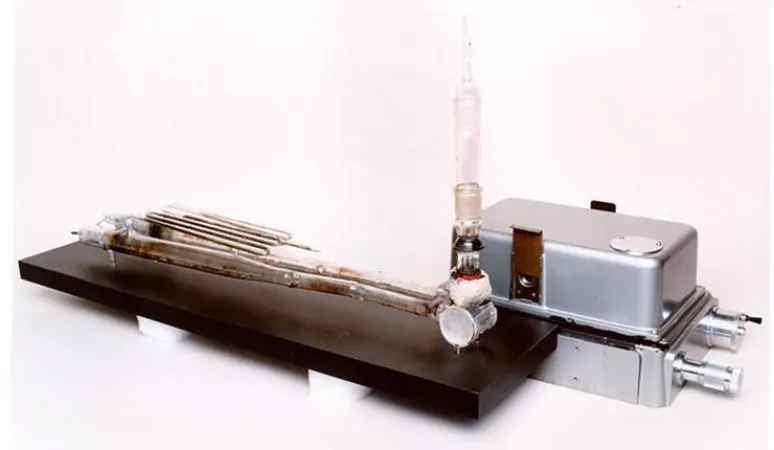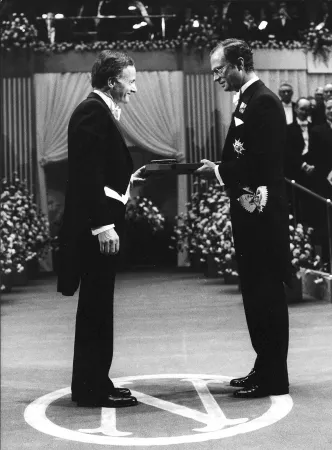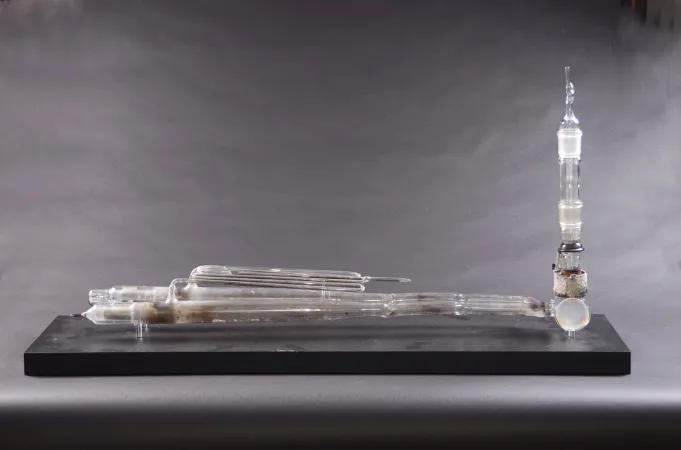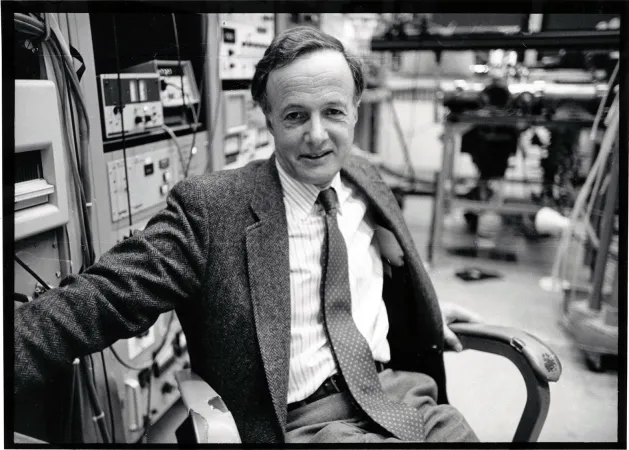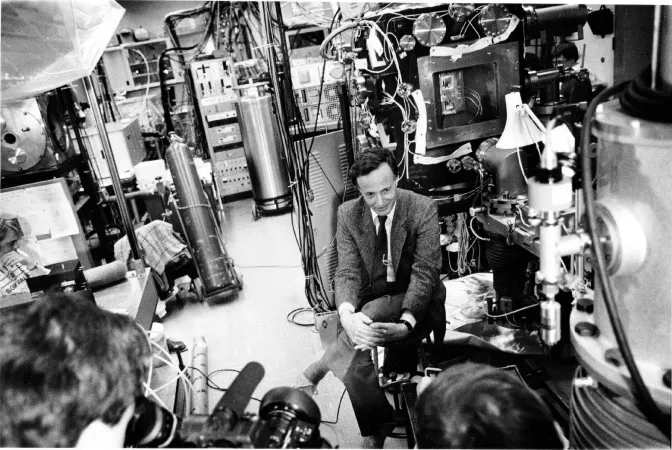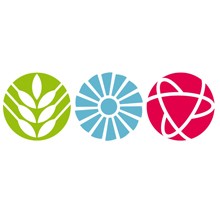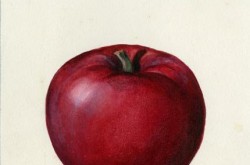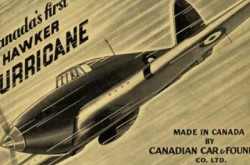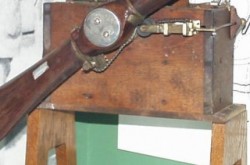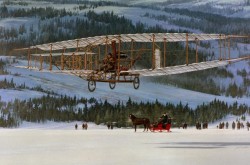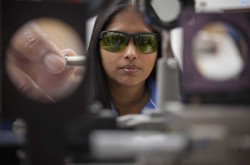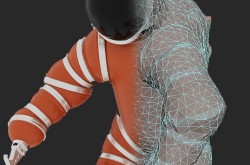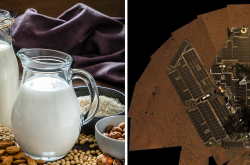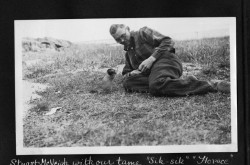Reaction Cell
This article was originally written and submitted as part of a Canada 150 Project, the Innovation Storybook, to crowdsource stories of Canadian innovation with partners across Canada. The content has since been migrated to Ingenium’s Channel, a digital hub featuring curated content related to science, technology and innovation.
The reaction cell emitted light — and led to the first chemical laser.
This glass reaction cell helped establish the field of reaction dynamics and won Canadian scientist John Polanyi a Nobel Prize in Chemistry in 1986. Custom-made at the University of Toronto, the cell allowed Polanyi and graduate student Kenneth Cashion to examine the behaviour of atoms during chemical reactions in experiments beginning in 1956. They discovered a phenomenon called infrared chemiluminescence, the emission of light from highly excited, vibrating atoms or molecules. Polanyi and Cashion used the reaction cell to introduce hydrogen into cooled chlorine gas: the subsequent reaction caused a discharge of infrared photons detectable by a spectrometer. Polanyi and Cashion’s research provided momentum for further work on chemical lasers, which were first constructed in 1964. Polanyi is a peace and disarmament activist, and an advocate for basic science — research with no defined goal or application.
John Polanyi arrived in Canada from England as a young boy, sent out of harm’s way after the outbreak of the Second World War. He returned to England in 1946 to earn a PhD in chemistry at the University of Manchester, and made Canada his permanent home in the 1950s.



